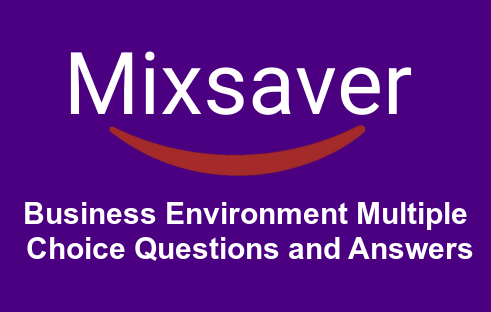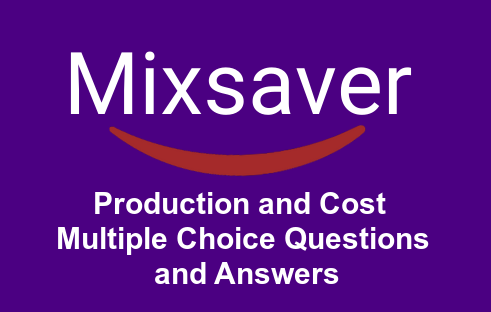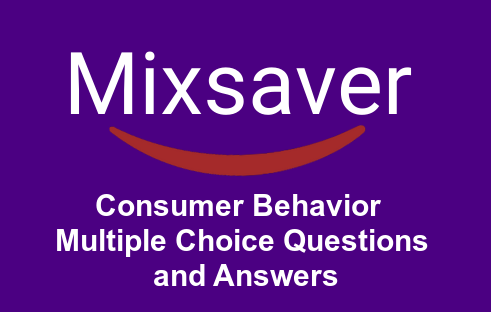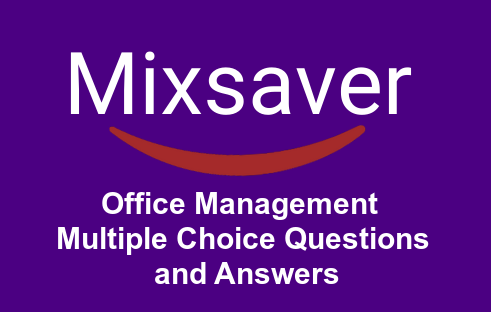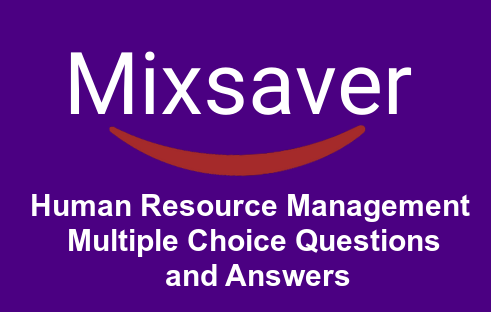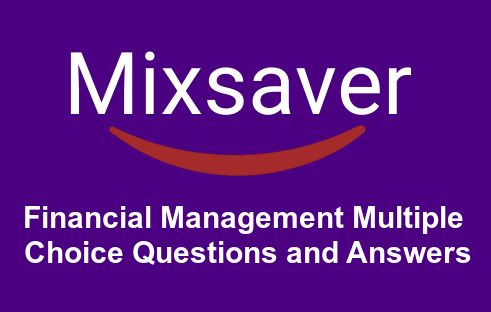Business Environment MCQ for Net Exam | Business Environment Questions and Answers pdf
1. Economic environment consists of
(a) economic conditions
(b) economic policies
(c) industrial policies
(d) All of the above
Ans. d
2. .. are a feature of the micro environment of an organisation.
(a) Legal factors
(c) Social factors
(b) Economic factors
(d) Customers
Ans. d
3. Analysing the business environment best assists in
(a) identifying key competitive forces; identifying competitive position, identifying key opportunities, threats, strengths and weaknesses
(b) auditing macro environmental influences, identifying key competitive forces, identifying competitive position; identifying key opportunities and threats
(c) auditing external and organisational factors, identifying key competitive forces; identifying competitive position, identifying key opportunities and threats
(d) assessing historical trends, auditing environmental dangers; identifying strategic capabilities, identifying competitive position
Ans. b
4. Characteristics such as age, income or gender are examples of
(a) household patterns
(b) demographics
(c) income distribution
(d) social-cultural environment
Ans. b
5. What does the term ‘third sector’ refer to?
(a) The high technology industries
(b) The service sector
(c) The voluntary sector.
(d) Small and Medium-sized Enterprises (SMES)
Ans. b
6. In relation to the PESTEL framework which of the following statements is correct?
(a) Government action, exchange rates, competition and socio-demographic factors
(b) Market convergence, competition, exchange rates and cost advantages
(c) Cost advantages, government action, economic cycles and competition
(d) Market, cost, competition and government policies
Ans. d
7. An organisational barrier to SME investment in e-commerce is
(a) revising product design
(b) the need to restructure
(c) whether the investment will be recouped
(d) how to deal with country specific taxation
Ans. b
International business environment mcq with answers pdf | mcq on business environment with answers pdf
8. Porter suggests the following reasons for one nation being more competitive than other
(a) ability to speak english, developed network of supporting abundant natural resources; skilled labour force, temperate more competitive than another industries, absence of competition and low labour coet
(b) climate and democracy
(c) factor conditions, demand conditions, related and Supporting industries and firm strategy, industry strategy and rivalry
(d) strong sporting ethos, emphasis on individual achievement strong national party in power and large home market
Ans. c
9. Which of the following is a feature of the micro environment of an organisation?
(a) Distribution channel factors
(b) Social factors
(c) Economic factors
(d) All of these
Ans. a
10. Globalisation is example of an which macro environment factor?
(a) Economic
(c) Political
(b) Social
(d) Technological
Ans. a
11. Which of the following is not an environmental force, which must be monitored by marketers?
(a) Dermographic
(c) Political-legal
(b) Natural
(d) Mega trends
Ans. d
12. . are features of macro environment.
(a) Intermediarjes
(b) Customers
(d) Legal frameworks
(c) Competitors
Ans. d
13. In the PEST framework for environmental analysis,. what does the letter E stand for?
(a) Ethical
(c) Educational
(b) Ecological
(d) Economic
Ans. d
Business environment question bank with answers | mcqs on business environment pdf | mcq on business environment class 12
14. Which of the following is not identified as an element of the mega environment?
(a) Technological factors
(c) Socio-cultural factors
(b) Legal-political situations
(d) Organisational cuiture
Ans. d
15. Organisations can adapt to environmental fluctuations by
(a) forecasting
(b) monitoring competitors
(c) only operating in the domestic market
(d) diversifying
Ans. a
16. SWOT should be
(a) a general list of issues under each heading
(b) focussed on key issues and should be specific as possible
(c) completed when an analysis of the external environment has been conducted
(d) None of the above
Ans. b
18. When considering the role of perception in scanning the business environment/ an individual
(a) has a limited threshold of awareness
(b) has a short list of cues about the environment
(c) has a narrow perceptual window of the environment
(d) All of the above
Ans. d
19. The idea that consumers are incharge of the economic system because their preferences drive business decisions about what to produce, is referred to as
(a) consumer activisim
(c) consumerism
(b) consumer sovereignty
(d) consumer therapy
Ans. b
20. An organisation’s clients, competitors, suppliers and employees are typical segments of the
(a) internal environment
(c) mega-environment
(b) stakeholder group
(d) task environment
Ans. d
21. A system of shared values, assumptions, beliefs and norms uniting organisational members is
(a) organisational culture
(b) organisational rules
(c) organisational expectations
(d) member commonality
Ans. a
22. The external environment is composed of
(a) the general and task environment
(b) the task environment and the cultural environment
(c) the global environment and the ecological environment
(d) the mega environment and the industry environment
Ans. a
Business environment mcq pdf
23. Globalisation can create problem for business because
(a) it can result in more competition
(b) it decreases the price of goods and services
(c) it decreases the uncertainty in operations
(d) it increases vulnerability to political risk
Ans. a
25. PEST analysis is
(a) broad framework to help managers understand the environment in which their business operates
(b) a checklist to ask how political, economic, strategic or technological developments can influence an industry and a company
(C) a checklist for torecasting political, economic, strategic or technological factors
(d) a framework for strategic analysis of internal and external environment
Ans. a
26. Tax jurisdiction is an example of which environmental factor?
(a) Economic
(c) Social
(d) Political
(b) Legal
Ans. b
27. Government promotion of e-commerce adoption is an example of which environmental factor?
(c) Legal
(a) Political
(b) Technological
(d) Social
Ans. a
28. Customer’s opinions about using the internet are an example of which environmental factor?
(a) Social
(c) Technological
(b) Legal
(d) Political
Ans. a
29. Which of the following is not an example of a political risk?
(a) Government regulations
(b) Cost of production
(c) War
(d) Civil unrest
Ans. b
30. Which is not one of the elements of a company’s external micro environment that need to be assessed during situation analysis for e-marketing?
(a) Demand analysis
(b) Supplier analysis
(c) Competitor analysis
(d) None of these
Ans. b
31. Which of the following is a cultural constraint from the e-commerce macro environment?
(a) Propensity for consumers to purchase online
(b) Likelihood of fraudulent transactions
(c) Opt-into e-mail required to avoid SPAM
(d) Taxation at source of purchase
Ans. a
32. . are an important link in the company’s overall ‘value delivery system’ since, they provide the resources needed by the company to produce its goods and services.
(a) Marketing intermediaries
(b) Competitor networks
(c) Suppliers
(d) Service representatives
Ans. c
33. A . is any group that has an actual or potential interest in or impact on an organisation’s ability to achieve its objectives.
(a) competitive set
(c) supplier
(b) meeting intermediary
(d) public
Ans. d
34. The ….. environment contains institutions and other forces that affect society’s basic values, perceptions, preferences and behaviours.
(a) natural
(c) cultural
(b) business
(d) consumer
Ans. c
35. The transfer of asset from public sector to the private sector-is referred to as
(a) privatisation
(c) ownorism
(b) deregulation
(d) nationalisation
Ans. a
